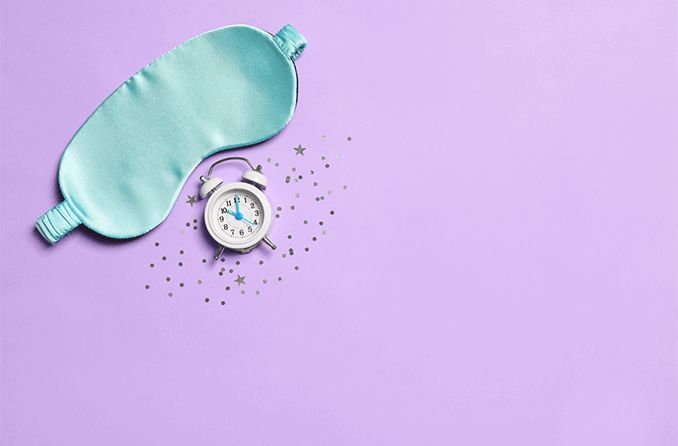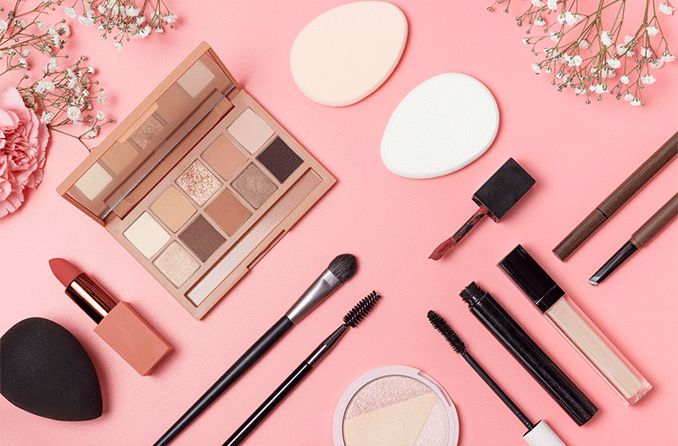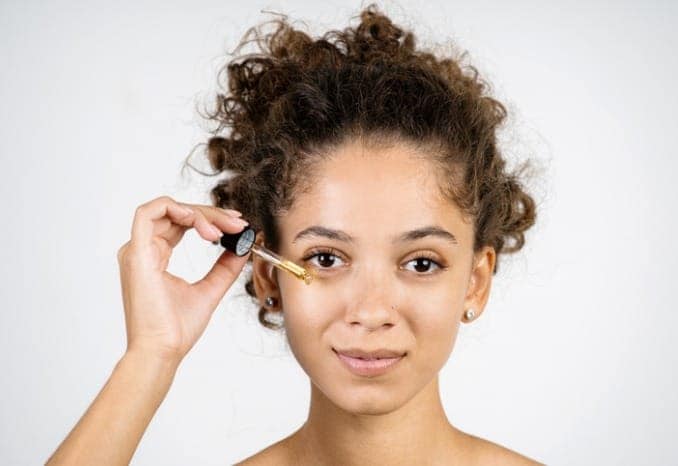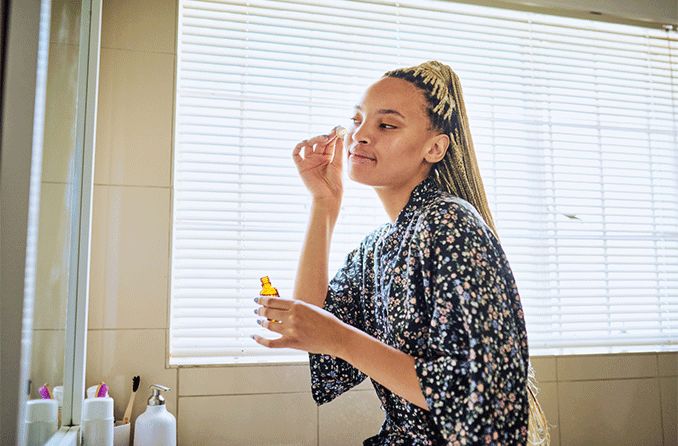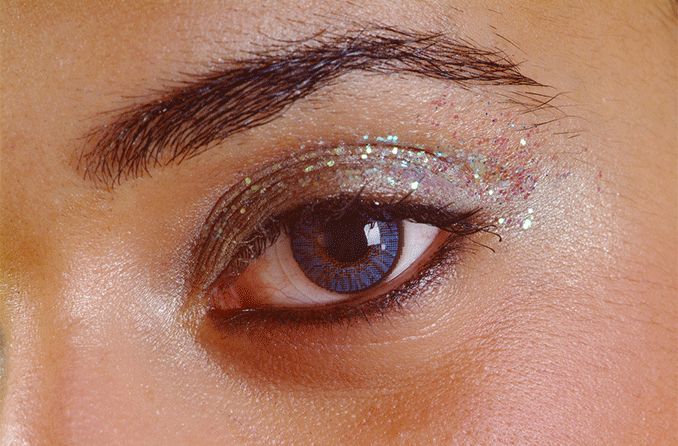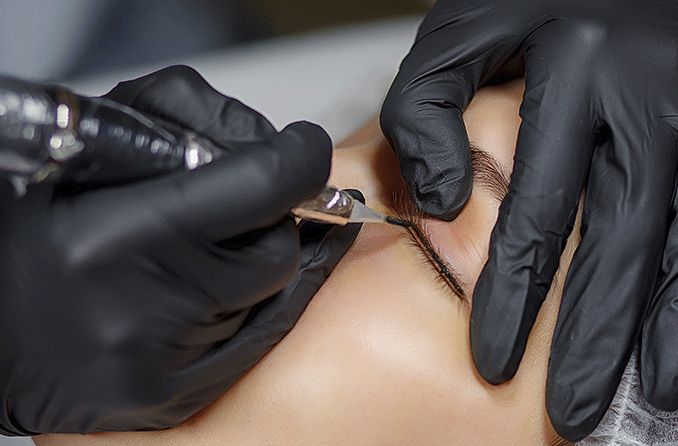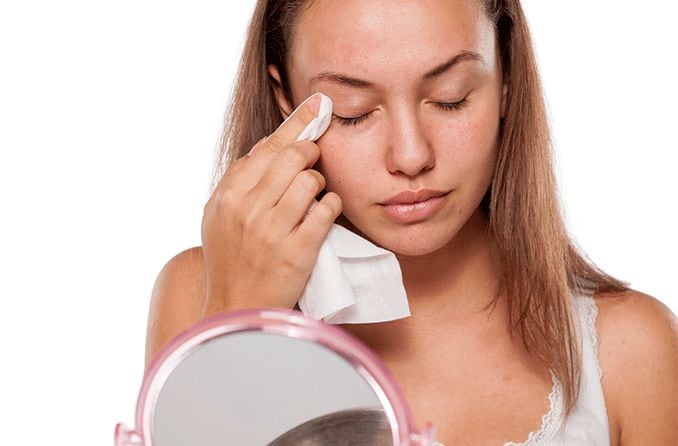Getting a good night’s sleep is important for maintaining good physical and mental health. In a world full of distractions, many people rely on sleeping eye masks to help their eyes and their brain rest.
While some may question the safety of wearing an eye mask to bed every night, research has shown that the benefits of wearing a properly fitting sleep mask far outweigh the risks.
Is it safe to sleep in an eye mask?
Yes, wearing a correctly fitting eye mask is safe for adults to sleep in.
Children can also use sleeping masks, but they aren’t recommended for kids to use all night, every night. Eye masks tend to be more helpful for kids in non-routine sleeping situations, such as napping in the car.
Certain brands have designed eye masks for children that include a breakaway Velcro headband. This feature makes it so a child can easily remove the mask if they experience any discomfort or difficulty breathing.
Sleeping masks are not recommended for infants, as they pose a suffocation risk. The NapCap is a great alternative for babies, as it shields the eyes from outside light but does not cover any other part of the face.
Benefits and risks of sleeping with an eye mask
While wearing a sleeping mask may seem a little high maintenance, doing so has several benefits for your overall health. However, proper care of an eye mask is needed to avoid potential risks associated with wearing one.
Benefits
The simple task of wearing an eye mask to sleep can have numerous benefits on your overall health and quality of life. This includes an enhancement in learning ability and motor skills after a night of restful sleep.
Consistently getting good, quality sleep supports:
Improved memory recall
Faster reaction time
Improved alertness and attention after waking
LEARN MORE: The harmful effects of sleep deprivation
Risks
There are very few risks associated with sleeping in an eye mask, and the chance of them occurring is low. However, it’s important to be mindful when placing something on your face — especially on the eyes — for long periods of time.
Potential risks include:
- Allergic reaction – Because each eye mask is made from a variety of materials, it’s possible to experience an allergic reaction to the fabric it’s made from. Many brands create their masks from hypoallergenic material, so people with sensitivities should make that a focus during their search.
- Blurred vision – Sleeping with an eye mask that fits tightly may effectively block outside light, but it’s not great for your eyes. The consistent pressure put on your eyes by a tight sleeping mask may cause blurred vision when you wake up. If you notice blurry vision the following day, simply loosen your sleeping mask or buy one that fits better. Blurred vision that lasts longer than 24 hours should be examined by an eye doctor.
- Irritation or infection – Sleeping masks rest on your skin throughout the night, which makes them a sponge for sweat, oil, makeup and dirt. If you don’t wash your eye mask regularly, the bacteria accumulated on the mask can cause skin irritation and breakouts. It’s also possible for an eye infection to result from placing a dirty sleeping mask across your eyes every night. Wash your eye mask regularly according to the manufacturer’s care instructions to maintain happy, healthy eyes.
SEE RELATED: 5 Ways To Relieve Tired Eyes
Types of eye masks
Cloth mask
This is likely what you think of when you picture a sleeping mask: Cloth that is kept over your eyes by an elastic band. While a cloth mask seems a little bare bones, it can easily get the job done.
Cloth masks come in silk or satin, cotton, velvet, polyester, fleece and other fabric types. Some may come with an adjustable headband (recommended) or a one-size-fits-all elastic band.
Contoured mask
Contoured sleeping masks are typically made of a lightweight foam and shaped to fit around the eyes and nose more effectively. The contour creates a small dome over each eye, which allows users to blink and open their eyes comfortably with less chance of eyelash damage or fallout.
Because of their design, contoured eye masks are better at blocking outside light than cloth eye masks, providing fuller darkness for deeper sleep.
Weighted mask
If you’re fond of the effects a weighted blanket provides, you may be interested in a weighted sleep mask. The extra weight of the mask applies a gentle pressure to the face, which can relieve tension around the eyes.
The average weighted mask is only a pound, and the weight is evenly distributed across the mask, so you don’t have to worry about discomfort. Many sleepers claim a weighted mask helps them fall asleep faster and stay asleep longer.
Beaded gel mask
Those looking for an extra dose of relaxation may find it in a beaded gel mask. While the design of these masks varies, each contains gel beads that can be warmed in the microwave or cooled in the freezer before placing it on your face.
The cooling feature helps with headaches, migraines, sinus pain, puffy eyes and injury relief, while warming the mask can relieve stress and tension to allow for a good night’s rest.
Though there are some gel masks that block light effectively, they’re normally used for temporary pain relief rather than help sleeping through the night.
SEE RELATED: Sleep Apnea and Your Eyes
What to look for when buying an eye mask
Everyone’s preferences for a “perfect” sleeping mask are different. With so many options to choose from, it’s wise to think about what eye mask features are important to you before you buy. Details to consider include:
- Light-blocking ability – If complete darkness is what you’re looking for, avoid eye masks made of light colored fabrics, as they don’t block light as effectively as dark colors. Also look for a mask designed to cover your eyes completely with contours over the nose to provide a close fit.
- Material – While cotton is a popular, breathable fabric, it may be harsh on sensitive skin and eyebrows. Satin is gentle on skin but may cause you to get hot during the night. Knowing what materials work for you is an important step in finding a sleeping mask that fits your needs.
- Purpose – If you’re hoping to reduce puffiness or ward off headaches, look for a gel eye mask that can be chilled or heated. If you need help sleeping more comfortably, consider a regular sleeping eye mask. Fortunately, you can typically get both a gel eye mask and a sleeping eye mask for less than $20 total, satisfying all your relaxation needs at a reasonable price.
- Size – Wearing a sleeping mask that’s too small can put unnecessary pressure on your eyes, resulting in blurry vision or a headache the next day. Eye masks that are too big may fit loosely around the face and not block light effectively. Look for an eye mask with an adjustable strap so you can alter its length to fit you comfortably.
- Shape – The shape of a sleeping mask determines whether it lies flat against your face or offers some space around your eyes and nose. If you need some help to decide which shape is best for you, read customer reviews to learn the perks and drawbacks of each.
- Weight – Most sleeping masks are nearly weightless. However, if you’re a fan of the weighted blanket, or if you’re a sleeping mask veteran and looking to try something new, a weighted eye mask can help relax tension around your eyes and offer a good night’s rest.
Where to buy
Sleeping masks are widely available both in-store and online. Big box retailers, such as Target, Walmart and Bed Bath & Beyond, usually carry sleeping masks year-round in their stores and have several options to choose from.
If you prefer shopping online, there is no shortage of resources on the internet. Some of the top online retailers for sleep masks include Amazon, Manta Sleep and Blissy.

